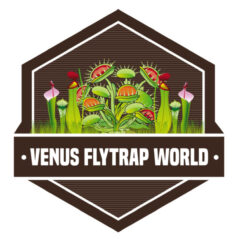To ensure your Venus fly trap stays alive and healthy, you need to use the appropriate soil. Venus fly traps are very sensitive the nutrients present in most standard potting mixes, like Miracle-Gro. Such soil will kill the plant very quickly.
To plant Venus fly traps, you will need to buy pure peat or sphagnum moss without additives to use as the potting media.
Not all peat for sphagnum moss is completely pure and can therefore be unsuitable for Venus fly traps. Watch out for signs that nutrients are present in the media, the moss should not have “fertilizers added” or be “enriched”.
These are some great options to buy for peat and sphagnum moss you can purchase online and sometimes in gardening stores:
- Pure peat moss for carnivorous plants: https://amzn.to/3vTqirs
- Pure long fiber sphagnum moss: Pure sphagnum moss: https://amzn.to/3rjgMRB
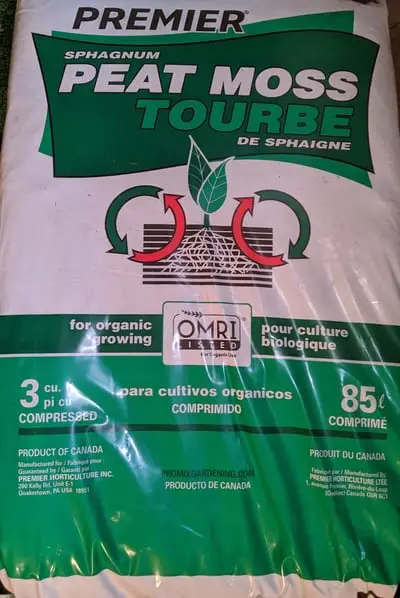
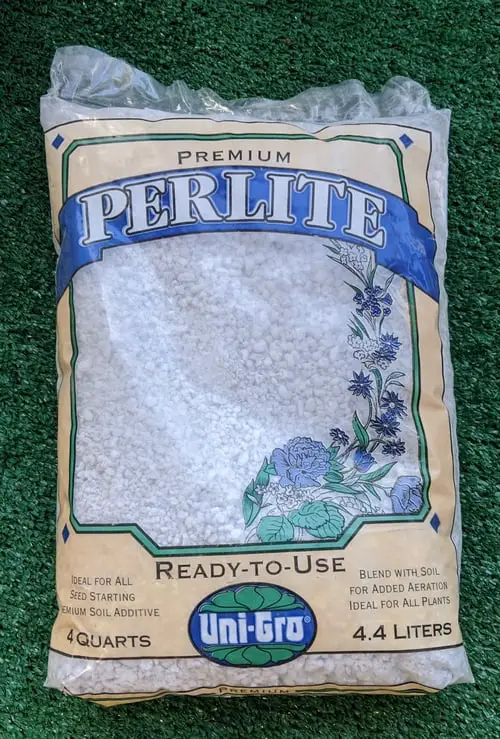
You might find a cheaper option on local gardening stores, make sure you buy pure moss (no MiracleGro ;))
Once you have selected a moss, I would recommend to also get some silica sand or perlite to combine with the moss.
Venus fly traps can grow healthy is pure peat or sphagnum moss. However, the lack of perlite or silica sand for drainage of aeration can cause rotting, and slow down growth.
The moss with preserve humidity for your plant and the sand or perlite will help prevent rot, helping with aeration, drainage, and preventing compression. The perlite and silica sand also need to be completely pure without minerals or fertilizers.
A practical option is to buy already made carnivorous plant soil that usually comes with a type of moss a drainage agent.
- Pure perlite: https://amzn.to/3ppckLF
- Already made carnivorous plant soil: https://amzn.to/3Pt7TwB
Making carnivorous plant media for your Venus fly traps is extremely easy once you have all the correct ingredients. Here are some recipes you can follow:
- 4:1 or 2:1 ratio of peat moss and perlite
- 4:1 or 2:1 ratio of peat moss and silica sand
- 4:1 or 2:1 ratio of sphagnum moss and perlite
- 4:1 or 2:1 ratio of sphagnum moss and silica sand
The ratios are an approximation, there is no need to be ultra precise 🙂
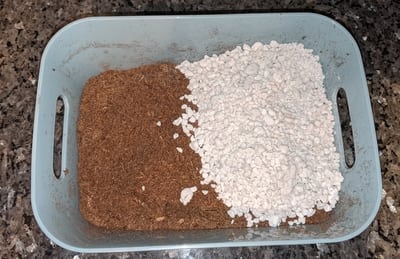
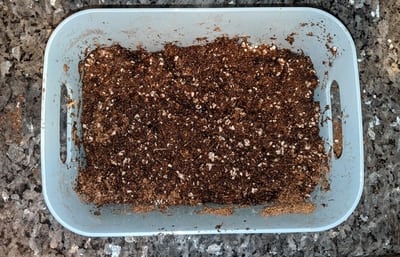
Sphagnum vs Peat Moss for Venus Fly Traps: Best Alternative
Both pure peat and sphagnum moss are suitable for fly traps as they provide enough moisture for the plant.
Choosing either of them can provide some slight benefits and challenges listed here:
| Moss Type | Pros | Cons |
| Peat Moss | Easy to handle as it resembles regular potting soil | It can get compacted easily if you water from the top You will often lose some of the media through the drainage holes |
| Sphagnum Moss | Provides significant aeration and prevents soil compression | More difficult to put Venus fly traps properly. |
Personally I has better luck with peat as soil compression is not an issue when you mix peat moss with perlite and water your plants from the bottom.
As a beginner, peat moss combined with perlite at a 1:1 ratio is the optimal alternative as it is easier to pot a Venus fly trap plant without making any mistakes, like leaving empty gaps in the media. It will also help drain excess water if overwatering is an issue.
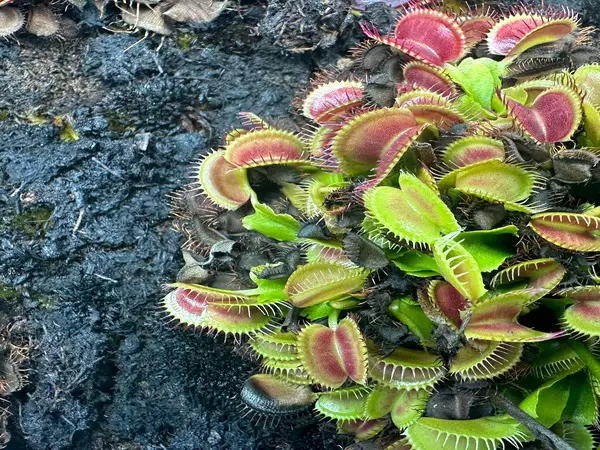
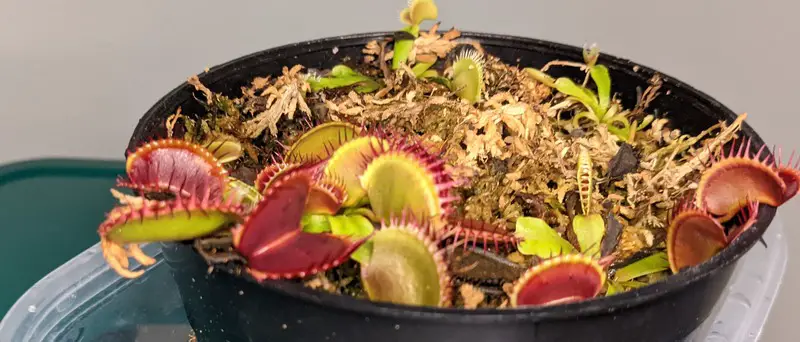
How to Plant a Venus Fly Trap
New Venus fly trap should be repotted to a tall container after buying them and once a year to keep the soil in a healthy state. The video and instructions below cover the detail process of how to plant a Venus fly trap:
What you will need:
- Pure water such as distilled water, reverse osmosis water or rainwater.
- A tall pot of a suitable material (glazed ceramic or plastic). These pots are great for Venus flytraps: https://amzn.to/3IYVGKU.
- Pot diameter: 4 to 5 inches (10.5cm – 12.7 cm)
- Optimal pot depth: 6 inches (15.24 cm)
- Carnivorous plant soil
Venus Fly Trap Potting Instructions:
- Place the soil in a container and moisten it with the water until it is almost saturated.
- Place the soil inside the selected plant pot.
- Make a vertical hole in the center of the ground. Try to make a hole that is at least 3 inches in depth.
- Carefully grab the Venus flytrap from the top of the bulb.
- Introduce the roots of the plant in the hole
- Make sure the pint/white section of the bulb will be underground. The bulb is very sensitive to light and extreme temperatures. It should always remain underground.
- Use your finger to push the soil together and tighten the plant.
- Water the plant slightly to make sure the soil is moist, but not swamped. You can use a misting bottle to avoid moving the ground.
- If the plant was shipped to you, it has been in a dark box for a few days. Slowly introduce it to some sunlight. Start with a few hours of light and progress into an optimal amount of 12 hours.
- In the next weeks, avoid additional stress to your plant. Do not feed it, do not fertilize it, and do not play with the traps. It takes the plant a few weeks to settle in the new environment.
Recommended Products for Growing Carnivorous Plants
Finding the best pots, lights, and soil for carnivorous plants is difficult. I have grown carnivorous plants for over 5 years, and these are the products I use. The links will take you to Amazon to view the prices and full specs:
- Carnivorous Plant Soil
- Carnivorous plant soil: https://amzn.to/422yLZa
- Artificial Lighting
- Small plant light for 1-2 plants: https://amzn.to/3oQsmSj
- T8 LED light fixture for multiple plants (6500k Cool White): https://amzn.to/3uWoeh2
- Pots and Miscellaneus
- Nursery pots for single plants: https://amzn.to/3oL8YGq
- TDS meter to measure water quality: https://amzn.to/3g8VKLI
- Dried crickets to feed carnivorous plants: https://amzn.to/34QEnKv
